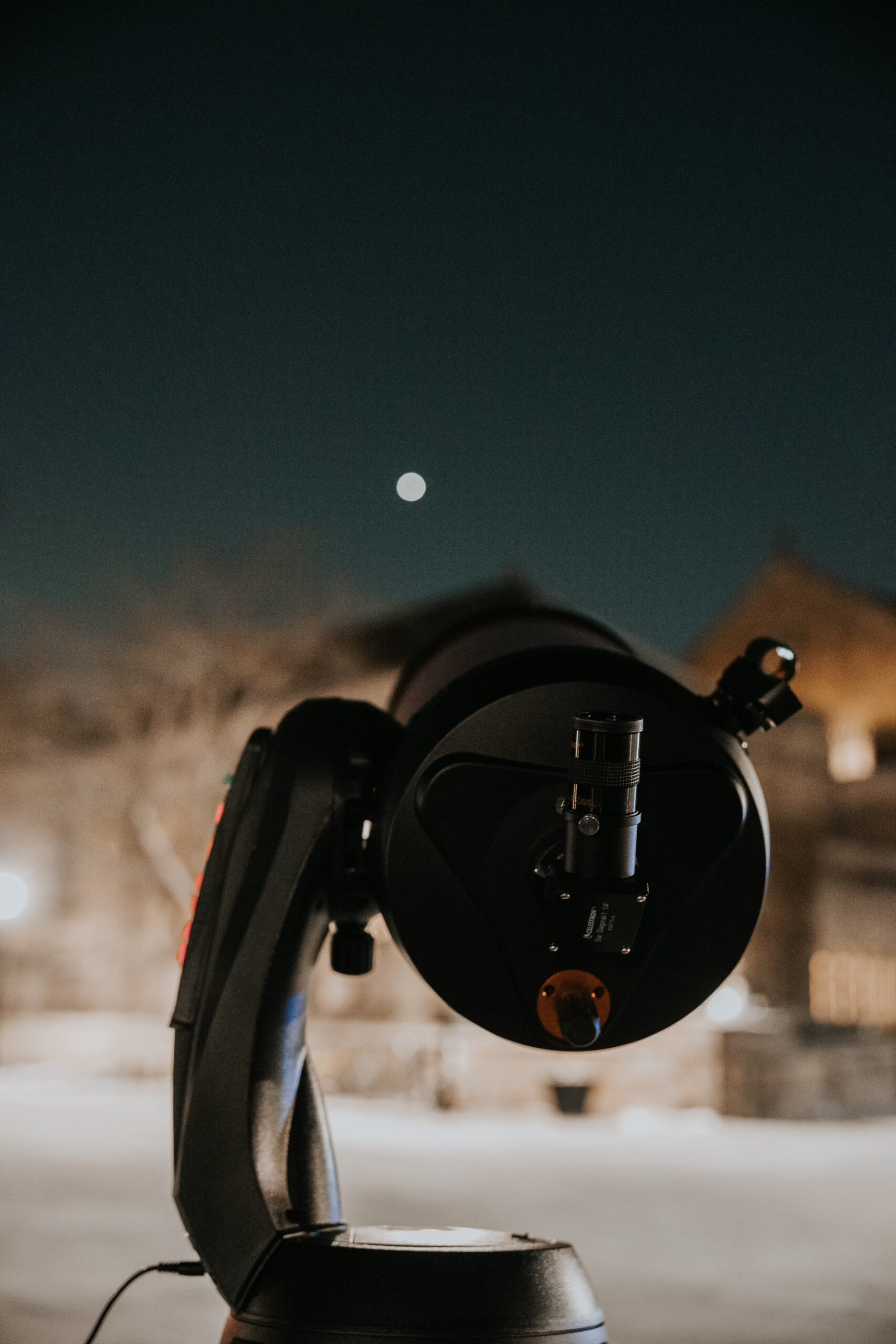Yale experiences Planet Parade
Six planets are simultaneously visible in the New Haven Night Sky this month.

Courtesy of Gavin Susantio
From late January to early February, a rare planetary viewing will occur early in the crisp winter night sky, early in the evening. The Moon will enter its New Moon Phase, and six planets will be visible all at once — a rare astronomical event called a Planet Parade.
Gavin Susantio DIV ’25 said he is closely awaiting when the planets will align. He photographed a similar Parade in the early mornings of summer 2022.
“I used to sleep under a hanging Solar System from my bedroom ceiling as a child, and the planets would glow in the dark. To see the actual depiction of that not by staring at my ceiling but at ‘the heavens’ was both out of this world and a childhood dream come true. The Parade of four planets and the Moon in 2022 was already spectacular. But to see six planets in January might be a once-in-a-century opportunity!” Susantio wrote to the News.
This week, Venus, Mars, Jupiter and Saturn can be easily viewed with the unaided eye.
Members of the Astronomy Department and the Staff of the Leitner Family Observatory and Planetarium, or LFOP, have received an uptick of inquiries regarding the Parade’s viewing.
“It’s not a super common thing to be able to see so many planets at the same time, and since they’re all so bright in the sky it’s super cool to be able to easily pick them out when they’re all lined up. Planets are one of the first things I learned how to identify in the night sky,” Em Sanzone ’26, an astrophysics major who received such inquiries, told the News. “They’re bright enough that you can see them from New Haven with light pollution, which is really exciting!”
The planets are akin to the Sun in that they rise in the East and set in the West. In the “Parade,” the Planets march along the ecliptic, the plane in which the planets orbit around the Sun in our Solar System. The seven other planets, the Moon and the Sun will always lie along this ecliptic path when viewed from Earth. That is how seasoned stargazers know where planets will be in the sky: facing South going from East to West.
Walking down from Science Hill on Prospect Street, a Yalie should be able to see Venus and Saturn light up the sky. They will appear high in the southwest sky for about two hours after sunset. Look for the brightest “star,” that’s actually Venus, and the “star” below it is Saturn. Jupiter is high in the sky from the Southeast, and Mars lies in the East. They will follow the Path of the Ecliptic, setting in the West at dawn.
There have also been viewings on Cross Campus with members from the Yale community and beyond.
Parker Ellison ’28 volunteered at an outreach event where the Yale community and New Haven residents were invited to observe the Parade. He operated a telescope for passersby.
“One moment that stood out to me was when people realized that the bright ‘star’ they had been noticing in the night sky was actually Jupiter. Being able to watch their excitement as they looked through the telescope and saw its bands and moons up close highlights what makes these events so meaningful. Experiences like this inspire curiosity and help people feel more connected to the night sky,” Ellison wrote to the News.
Uranus and Neptune are not visible with the naked eye in New Haven, but can be viewed by binoculars or a telescope. Uranus will be westward of Jupiter, and Neptune will be eastward of Venus.
Cloud cover checkers from groups such as Clear Dark Sky and the National Digital Forecast Database should be checked for the best nights for viewing. Free software applications such as Stellarium can be personalized to time, date and location of a user. There are also various mobile applications one can use when planet hunting outside. Additionally, it will be possible to photograph the event.
This planet viewing has persisted a large trend on social media, and Ellis Eisenberg ’27 has led efforts to help others spot the Parade.
“To me, the best part is seeing how many people are enthusiastic about space. We live in pretty divisive times, and I think it’s truly special that regardless of someone’s personal beliefs, we can all appreciate the beauty of the night sky,” Eisenberg said.
Further skywatching tips can be found here.







